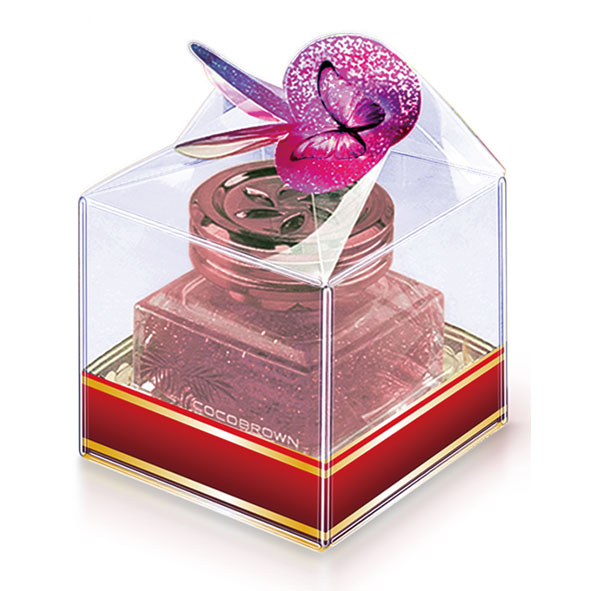
After a long-term struggle and opening up to the world, China's plastics industry has formed a relatively complete industrial system, and has become a basic material industry that keeps pace with steel, cement, and wood. As a new type of material, its use field has far surpassed the above three. Since the entry of these materials into the 21st century, China's plastics industry has made remarkable achievements and achieved a historic leap. As one of the pillar industries of the light industry, the plastic industry has maintained a growth rate of more than 10% in recent years. While maintaining a rapid development rate, the economic efficiency has also been improved. The total output value of enterprises above the designated size in the plastic products industry ranks third among the 19 major industries in the light industry, achieving a product sales rate of 97.8%, which is higher than the average level of the light industry. From the perspective of the production of synthetic resin, plastic machinery and plastic products in Shenzhen Plastic Box Factory, it shows the strong development momentum of China's plastic industry.
Material side effects have been reported that long-term consumption of food contaminated with polyethylene molecules can cause dizziness, headache, nausea, loss of appetite, memory loss, etc., and even anemia. Therefore, the use of plastic bottles of vinegar is harmful to human health without benefit. Therefore, glassware should be used in households instead of plastic products for seasonings. Special care should be taken when using plastic products. Do not touch vinegar, cleaning agents, etc., avoid direct sunlight, high temperature, etc., so as to avoid chemical reactions. In addition, when you buy plastic tableware, you should choose plastic products with PE (polyethylene) or PP (polypropylene) marking, few decorative patterns, colorless, odorless, and smooth surface.

Plastic bottles use polyester (PET), polyethylene (PE), polypropylene (PP) as raw materials, after adding the corresponding organic solvents, and after high temperature heating, they are blown, extruded, or injection molded by plastic molds. Plastic container. It is mainly used for liquid or solid disposable plastic packaging containers such as beverages, foods, pickles, honey, dried fruits, edible oils, agricultural and veterinary drugs. Plastic bottles are not easy to break, low cost, high transparency, and food-grade raw materials.
With the development of plastic bottle packaging materials and packaging technology, plastic bottles are widely used in the packaging of cosmetics and washing products. They are inexpensive, rich in sources and have good moldability. They can be made into plastic bottles of various structures and shapes.
Ordinary cosmetics and washing products packaging containers are mostly made of high-density polyethylene. Transparent packaging includes full transparent packaging and partially transparent packaging. Transparent packaging materials are used to partially or fully display the product form of the food inside. It enables buyers to directly see the image, color and quality of the food. It is convenient for customers to identify and purchase. Such as transparent plastic food bottles, candy cans, wine bottles, etc. at a glance, so that consumers can not help but unwind, sales have skyrocketed.
As transparent plastic bottle containers allow consumers to clearly see the contents, consumers are increasingly demanding transparent PP plastic bottle containers, and transparent polypropylene is the main material to meet this requirement. It is a hot spot of plastic bottle packaging at home and abroad in recent years. Highly transparent polypropylene container with good transparency and gloss, strong appreciation, and quite popular.